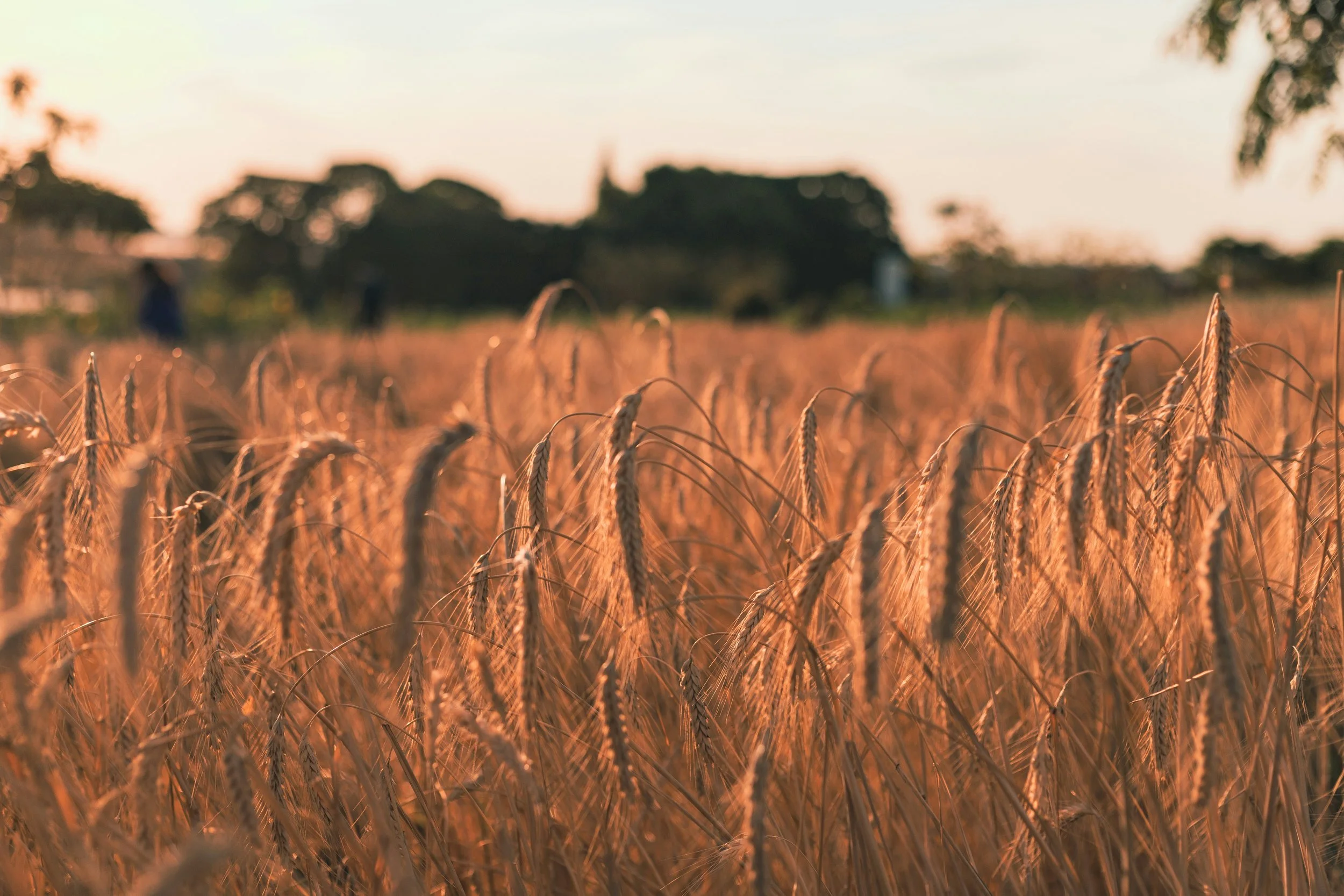Food Systems
The Challenge: The Culprit and The Victim
From how we grow our crops to how we transport and dispose of food, today’s food systems are responsible for nearly a third of global greenhouse gas emissions. However, these same systems are also vulnerable to climate change, impacted by extreme weather, droughts, soil degradation, rising costs, and supply chain disruptions.
Yet food systems hold incredible potential. If redesigned to be regenerative and resilient, they could help us restore ecosystems, improve farmer livelihoods, strengthen communities, and improve community health. But the policies, technologies, and incentives we’re relying on today ignore the role of the inner dimension in keeping food systems unsustainable.
The Missed Opportunity: People Driving Food Systems
One reason sustainable transition has been stagnant is that most solutions focus on the technical or economic side of the system—while ignoring the human one. Cultural norms, emotions, values, fears, and worldviews all shape how food systems operate and evolve. Think about the importance of farmers' identities or the value signalling of consumers when choosing products. If we don't understand these inner elements, we miss the full picture—and risk designing interventions that don’t address root problems.
“Electricity generation and land use and agriculture are basically equal in terms of their global impact on climate change. Yet addressing the greenhouse gas emissions from electricity generation and other sectors usually gets far more attention.”
- Project Drawdown, 2024
A Case for Change: City of Aarhus, Denmark
In partnership with the City of Aarhus, we combined transition theory with systems mapping to understand what was holding back carbon mitigation progress in their food system. Through interviews with farmers, producers, chefs, city officials, and more, we identified mindsets and social dynamics that were quietly shaping the system, including the uneven power dynamics holding back system change.
The result? A series of tools the city has used to guide future food system interventions with both people and policy in mind.
A full map of the city’s inner dimension across eight stakeholders and an insight report on the social dynamics at play between stakeholders.
A series of co-designed solutions aimed at rebalancing power dynamics holding back food systems transformation.
Guidance on how to target deeper levers in the inner and outer dimensions to mitigate carbon within their four-year plan.


